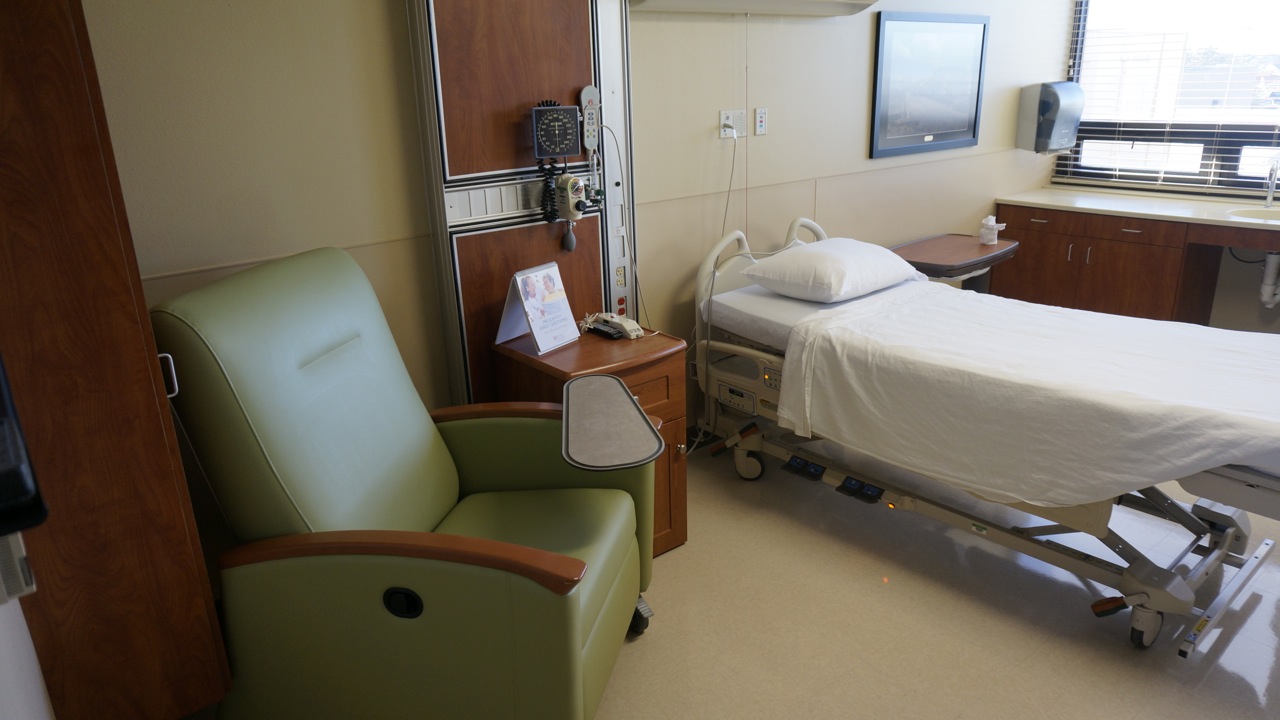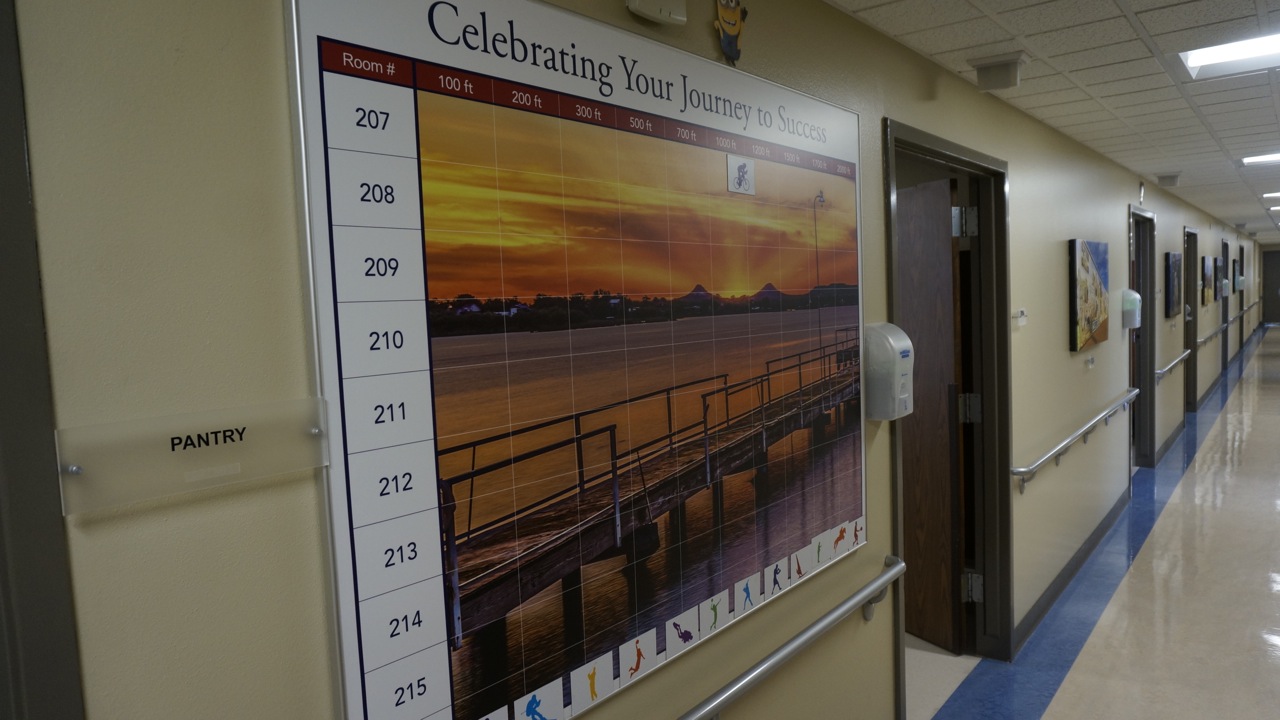Orthopedic surgeons at San Angelo Community Medical Center (SACMC) have inaugurated a new way to perform reconstructive surgery on the knee, hip and shoulder. The dreaded knee replacement surgery that your mother had ten years ago is no longer the arduous, painful and drawn-out event that you remember.
The orthopedic surgery team of doctors have implemented the Dr. Marshall Steele “Destination Center of Superior Performance for Joint Replacement” program. Steele, an orthopedic surgeon, developed the program in Annapolis, Maryland so that he could have more control and create better outcomes for his patients.
The Steele system has been adopted by approximately 140 hospitals nationwide. SACMC’s is the second in Texas. The first Steele program was implemented at the College Station Medical Center that is also operated by Community Health Systems.
Dr. Joe Wilkinson, an orthopedic surgeon at SACMC, said the program has four months of operations so far, enough to mention many successes. The unit opened in November, but the surgeons and staff started working on opening the floor of dedicated patient rooms last summer.

Above: A patient room in the dedicated joint reconstructive surgery wing of SACMC. (LIVE! Photo/Joe Hyde)
Wilkinson explained that the program has two primary components. The first has to do with data collection about each patient and the collaborate environment between doctors, practitioners, physical therapists and others who exclusively work in the unit.
“What’s really unique about this program is that we get together as a group of doctors and talk about the data and the outcomes. It’s really, really unusual to get colleagues and competitors together to talk about our outcomes,” Wilkinson said.
There are many pieces to the data collection, Wilkinson explained, and he used a simple example to describe how the collaborative sessions work:
“Let’s say two of the surgeons here have a length of patient stay of two days and I have stays of four days. The idea is to together ask ‘what is Wilkinson doing wrong?’ And ‘what can we do to help him?’ The ultimate benefit is that it’s helping the patients,” he said.
The other piece of the program is that patients with complications in addition to the need for a joint replacement are not eligible for the program. That is, if you’re in for a heart problem and you also need a new hip, you’ll need to get the heart problem fixed before getting admitted to the Steele unit. The purpose of this program is to minimize the time the patient is there by streamlining the surgery and recovery process.

Above: A progress chart tracks all patients during the post-surgery physical therapy program. (LIVE! Photo/Joe Hyde)
A benefit to the SACMC health care team, and to patients, is that the rate of infection is significantly reduced. If a patient needing a knee replacement has an infection, or obtains one, that patient is no longer eligible for the program, Wilkinson said.
Dr. Jason Defee, also an orthopedic surgeon at SACMC, said that managing patient expectations is an important aspect of the program. “The biggest fear for a patient is the fear of the unknown,” he said. At the unit, prior to admission, patients are given a short class and a guidebook on what to expect with their surgery. “It is a plan. We show them exactly what is going to happen, and the schedule,” Defee said.
Having a family member involved is also important, Defee said. The program encourages a family member to be there as a coach. “You’re going to respond better to your wife or your son or daughter because they’re going to egg you on,” he said.
An entire wing of the hospital is dedicated to joint reconstructive surgery. Not only the surgeons, but also the physical therapists, nurses and the hospital rooms themselves are dedicated to the process. No other types of patients are in the wing, and the staff members working in the wing are dedicated to joint reconstructive surgery exclusively.
For SACMC, the new approach is smart business. Good reviews from former patients will foster a better reputation, and more patients. But also, better care gets patients in and out of the facility quicker, opening more beds for more patients.
“The program is designed for the active baby boomer who needs knee replacement surgery and wants to get back out on the golf course as fast as possible,” said Sheryl Pfluger, Community’s Director of Business Development and Marketing.
Subscribe to the LIVE! Daily
Required






Post a comment to this article here: